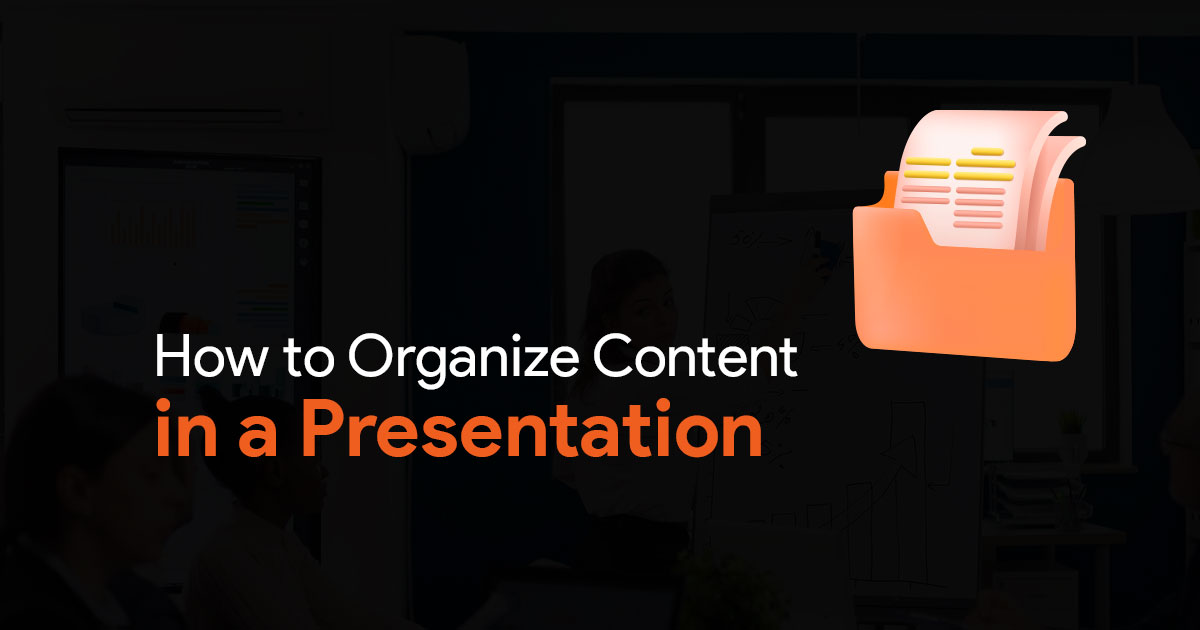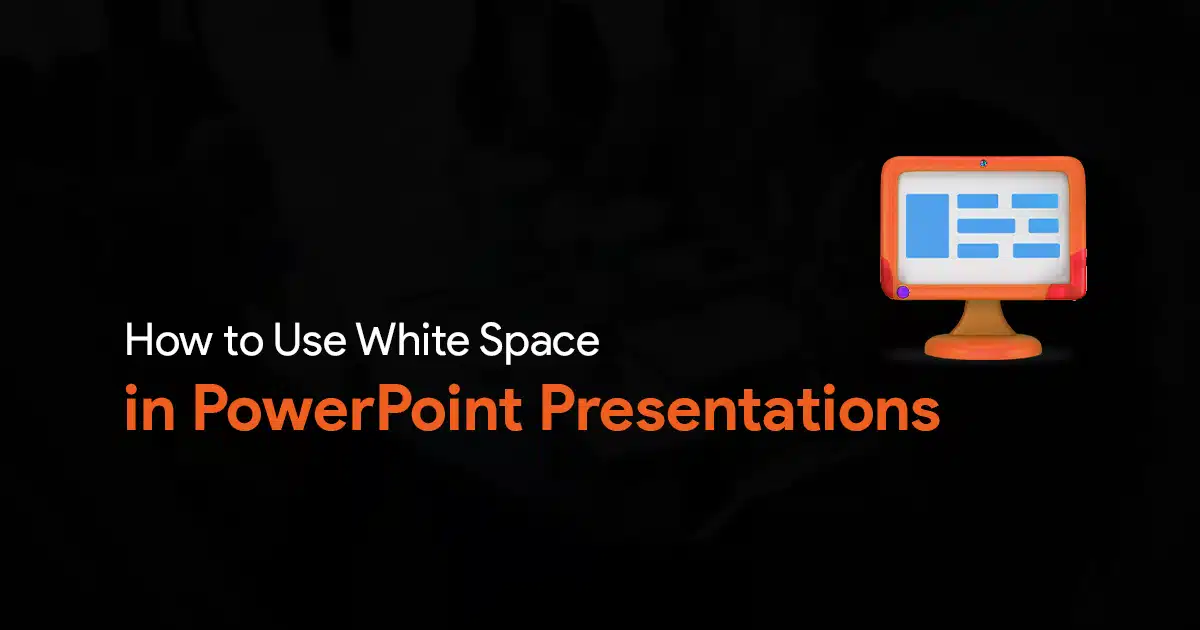- Why Most Slide Libraries Fail
- Building the Foundation: Strategic Organization
- The Power of Proper Tagging
- Search Capabilities That Actually Work
- Establishing Governance: Rules for Refreshing and Retiring Content
- Leveraging Analytics for Continuous Improvement
- Driving Adoption Through Training and Communication
- Conclusion: From Storage to Strategic Asset
Build a Slide Library That Your Team Actually Uses

How much time does your team waste searching for that perfect slide from last quarter’s presentation? Or recreating charts that already exist somewhere in your shared drive? If your answer is “too much,” you’re not alone. A well-organized slide library can transform your team’s efficiency, but only if it’s built to be genuinely useful.
The challenge isn’t just creating a slide library but creating one your team will actually use consistently. According to industry research, enterprises increasingly invest in slide library management as part of their knowledge management strategy to gain a competitive edge in today’s fast-paced business environment (source).
This guide will walk you through the essential steps to build, organize, and maintain a slide library that becomes an invaluable resource rather than digital clutter.
Why Most Slide Libraries Fail
Before diving into best practices, let’s understand why many slide libraries become digital graveyards:
- Overly complicated organization structures
- Inconsistent tagging that makes search frustrating
- No clear protocols for what gets added or removed
- Lack of regular maintenance leading to outdated content
- Poor search functionality that fails to surface relevant slides
- No training or communication about how to use the library effectively
The result? Team members revert to creating slides from scratch or maintaining personal collections, defeating the purpose of a centralized resource.
Building the Foundation: Strategic Organization
The first step in creating an effective slide library is establishing a logical organization structure. Think of it as building a table of contents for your presentation assets.
“Structuring a slide library like a table of contents with main folders and subfolders based on function or product line supports quick information retrieval and eliminates version confusion,” notes industry experts. For example, SharePoint libraries for global sales teams typically use main folders for sales presentations with subfolders for product pitches, case studies, and templates, offering seamless collaboration and consistent branding (source).
Consider these organizational approaches:
By Content Type:
- Presentation templates
- Charts and data visualizations
- Customer case studies
- Product information
- Company information
By Business Function:
- Sales presentations
- Marketing materials
- Training content
- Executive briefings
- Internal communications
By Product Line or Service:
- Product A materials
- Product B materials
- Service offerings
- Solution frameworks
The key is creating a structure intuitive to how your team thinks about and searches for content. Whatever structure you choose, be consistent and document it clearly for your team.
The Power of Proper Tagging
Organization gets your library started, but effective tagging makes it truly useful. “Organizing your slide library involves creating clear categories by topic or purpose and tagging slides with keywords that enhance discoverability through search,” according to slide management experts (source).
Implement a robust tagging system that includes:
- 1. Core metadata creation date, author, last updated date
- 2. Content descriptors topic, product, service, message type
- 3. Audience information target industry, company size, persona
- 4. Usage context presentation type, stage in customer journey
- 5. Performance data effectiveness rating, usage frequency
Develop a controlled vocabulary of tags to prevent the proliferation of similar but slightly different terms that undermine searchability. For example, decide whether you’ll use “financial services,” “finance,” or “banking” not all three interchangeably.
Search Capabilities That Actually Work
Even the most meticulously organized library fails if team members can’t quickly find what they need. “An effective slide library empowers marketing and sales teams by enabling precise, timely access to relevant content,” note industry experts (source).
Your slide library solution should offer:
- Full-text search capability that indexes the content of slides, not just titles
- Filtering options based on metadata fields and tags
- Preview capabilities so users can quickly assess relevance without opening files
- Related content suggestions that connect similar slides and presentations
- Usage tracking to identify popular and valuable content
“This requires solutions with powerful search engines capable of full-text search and metadata use, plus detailed access controls to ensure proper content governance,” emphasize industry specialists (source).
Establishing Governance: Rules for Refreshing and Retiring Content
A slide library quickly loses value when filled with outdated information. Implement clear governance policies that address:
- Content standards: What quality level must slides meet to be included?
- Update protocols: How often must content be reviewed and who’s responsible?
- Retirement rules: When and how should outdated content be archived or removed?
- Version control: How do you manage multiple versions of similar slides?
“Regular maintenance, including updates and removal of outdated content, preserves relevance and usability,” confirm slide management specialists (source).
Consider implementing quarterly content audits where team members review a portion of the library to identify candidates for updates or retirement. This distributes the maintenance workload while ensuring nothing remains outdated for too long.
Leveraging Analytics for Continuous Improvement
Don’t just build your slide library and forget it use data to refine and improve it over time. “Measuring slide usage continuously helps optimize content and justify the slide library’s ROI,” note industry experts (source).
Track metrics such as:
- Most frequently accessed slides and presentations
- Search terms that yield few or no results (indicating content gaps)
- Content that rarely gets used (candidates for improvement or retirement)
- User engagement patterns (when and how people use the library)
“Best practices include periodic audits, content reviews, tagging with rich metadata, consistent naming conventions, user feedback incorporation, and data-driven analytics to optimize, prioritize, or retire content,” according to slide management specialists (source).
Driving Adoption Through Training and Communication
The most perfectly designed slide library is useless if your team doesn’t know how to use it effectively. Develop a comprehensive onboarding process that includes:
- Initial training sessions demonstrating search and contribution workflows
- Quick-reference guides for common tasks
- Regular updates about new or updated content
- Recognition for team members who actively contribute high-quality slides
- Designated “power users” who can help colleagues navigate the system
Conclusion: From Storage to Strategic Asset
A well-designed slide library isn’t just a storage solution it’s a strategic asset that enhances your team’s productivity, ensures message consistency, and preserves institutional knowledge. By implementing thoughtful organization, comprehensive tagging, powerful search capabilities, clear governance, and data-driven optimization, you can transform your slide library from a digital filing cabinet into a resource your team actively uses and values.
Remember that building an effective slide library is an iterative process. Collect feedback regularly, monitor usage patterns, and be willing to refine your approach based on how your team actually uses the system. With consistent attention and improvement, your slide library will become an indispensable tool that saves time, improves presentation quality, and helps your team deliver more compelling, consistent messaging.


